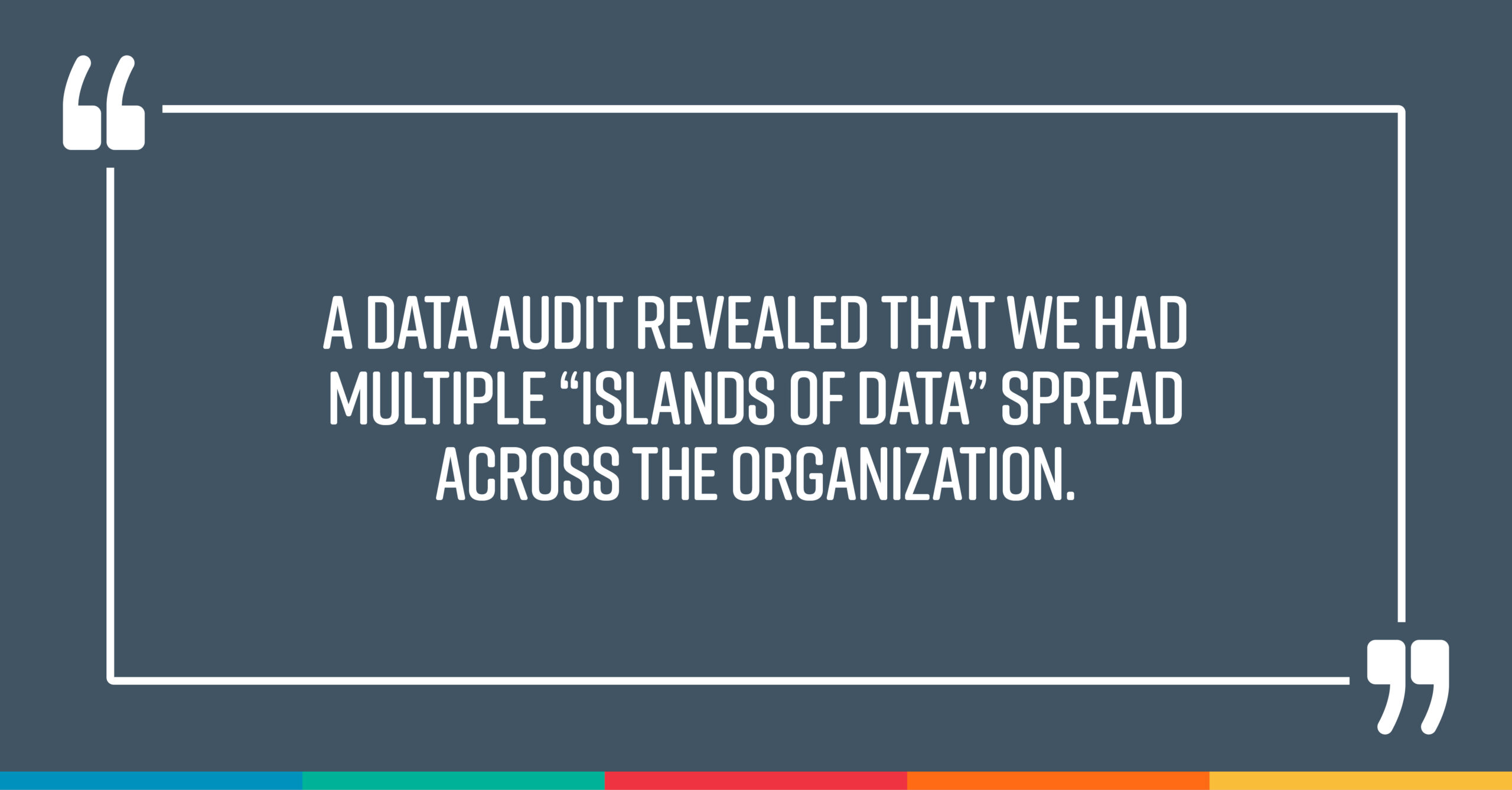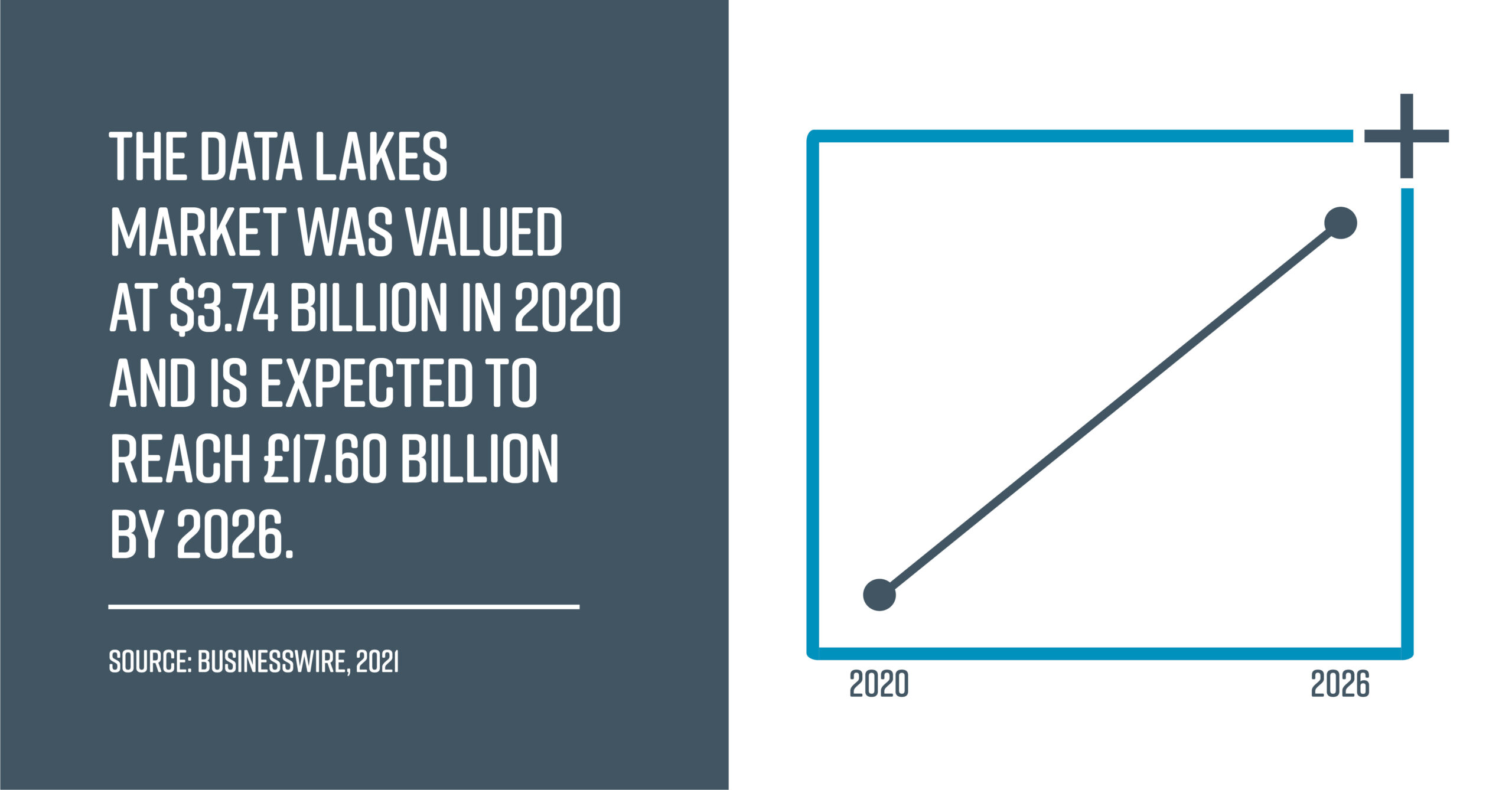Ian Platt heads up the Procurement Centre of Excellence at Syngenta Group, a US $33 billion global agricultural technology company.
Just over a year ago, Ian initiated a move to digital procurement in a business that is leading the field in finding better ways to feed the World whilst helping to save the planet. Now, with his digital procurement journey well under way, Ian shares some learning and insights to help you on the way to your own digital procurement future.
We asked: Ian, you are just over a year into your digital procurement journey, what can you share that might help those who are considering the same move or are just starting out?
Start with Simple, Clear Objectives
We set out with two main objectives:
- To improve the day-to-day experience of the buying community through the delivery of actionable intelligence in a visually appealing format.
- To work with our supply partners to achieve mutually better outcomes.
Firstly, we needed to understand where we wanted to end up. Our vision was to create a single point of reference that would aggregate and interpret data from multiple sources, both internally and from our supply partners.
Start With What You Have
A data audit revealed that we had multiple “islands of data” spread across the organization, sitting on various servers, procurement platforms and even people’s laptops. Once we knew what we had, we could start to think about coordinating and bringing together all the data points that would allow our buyers to make different data-based decisions and possibly act quicker.

Transition to Actionable Insights
We are using a range of tools to access and interpret our data and, right now, we mostly have to use these tools to interrogate individually. Where we plan to be in the future is running what is known as predictive, prescriptive and insight-led data. Our system will generate alerts that will pop up on a phone to say, “risk occurring due to a specified activity taking place in X region or country.” It would also warn of supply chain impact as a result of geopolitical or natural catastrophe events.
So, we are progressively evolving from passively accessing data to having data driven insights delivered to us, together with prescriptive recommendations that prompts and allows us to take action.
Want to Know What Your Buyers Need? Ask Them!
We asked our buyers what they needed to help them improve their efficiency and ran a range of engagement sessions across our procurement teams worldwide. We asked what improvements they wanted to see and what outputs they needed from our digital activity.
In tandem we undertook a horizon scanning exercise to examine new technologies and information sources. We then looked to combine the identified needs of the buyers with solutions provided by the new tech we had reviewed. Finally, we formulated the best possible solution to serve the identified needs of the procurement community that our allocated (and finite) budget would support. Needless to say, there are legions of tools out there, so we had to be very selective about the ones we brought in.
Take a Dip in Your Data Lake
Like many organizations we have consolidated disparate “information Islands” into one “data lake”. We then built a management information object that puts a handle on that data and allows us to extract it.
When building your data lake don’t restrict yourself to procurement data. Explore areas that allow you to extract real value. For example, we input climate and weather data and geopolitical information, this allows us to track weather patterns and anticipate industrial action, especially at a range of key distribution ports and other areas that might affect our supply chain.
To get the most out of this you need to have a clear understanding of how you want to see what you are pulling out of the lake and what you want to compare it to. You may have some kind of spend tool, but can you compare the spend of a specific supplier or category to the relevant risk? How about overlaying the ESG or natural catastrophe data to assess the overall position of a given supplier?
Not only does this kind of insightful output empower your decision making, but selective sharing with your supplier partners can help them to do the same and foster stronger relationships.
It’s All About Talent
Given the level of complexity of output and the sheer volume of data, you need the right people with a very specialized data skillset to make it happen. We are very fortunate to have a fantastic data and analytics team that supports the whole business, and they work closely with the three specialists within my team.
Right now, there are a swathe of businesses trying to recruit these kinds of specialists, so attracting and retaining top talent is a real challenge. We have addressed this in two ways. Obviously, we aim to recruit the right people, and part of our proposition is how we invest in developing them.
The other approach is to develop our internal capability. For those involved in day-to-day data activity, we design very specific targeted development activities that enhance their knowledge and skillset, growing their ability to contribute to our digital journey.
Staying with developing skills internally, we have also taken a broader approach that sees us running a range of digital and bite-sized awareness sessions. These are designed to uplift the level of understanding amongst our team of over 400 procurement and sourcing specialists.
Data Facilitates Our Sustainability Initiatives
Depending on how we populate our data lake, we can extract and distil information and insights into a range of sustainability and wider responsibility areas. From human rights, trade controls and equality, to carbon waste and water; these are some of the areas we can interrogate and provide not only our buyers, but also our supply partners, with some shared visibility. As we grow our capability in this area we can drive (and help our supply base drive) improvements in sustainability, starting from a base of improved mutual visibility.
Data Also Powers Our SRM
One area I’m really excited about is Supplier Relationship Management (SRM). If you accept that optimizing the price and quality area is a given, we see enormous value in developing our key supply partners for the future.
We are investing in two-way sharing of data and providing a collaborative workspace where we can start to discuss potential innovations, such as improved speed to market and ESG enhancement. Because we have shared objectives based on trusted data, we can really focus on what the category should be delivering and build a more balanced scorecard.
Whilst it is true that developing a good category strategy needs a lot of advanced skill, there are some digital category strategy tools on the market. But the effectiveness of these remains dependent on the quality of the content with which you populate them. This is where the skills of our buyers and of the overall procurement community are still incredibly powerful. When you use them, hone the category strategy focus and determine the steps you take with those key suppliers you are developing.
The Future is Now
I often get asked what my ideal solution would look like, and I think it is this: imagine Tom Cruise in the movie Minority Report. He swipes his controller glove from side to side and dives into layer after layer of data to find the future perpetrator.
The cool thing is that the future actually looks like that! We have the VR headset but don’t yet have the right data to manipulate and deep dive those screens, but we are getting there. We are on the way to populating the data and training the right people to utilize the depth of insight that will be available.
A key part of achieving this will be to deploy AI and fight the urge to draw conclusions, but rather look at conclusions that have been drawn for us, because we have built something that is capable of showing us what the outcome could look like.
And Finally
If I had to highlight the top three considerations in moving to a digital procurement capability, they would be:
Vision
- Look at what you want to be able to do.
- Then understand what you will need to know in order to facilitate this.
- Decide how and when you want this knowledge presented.
Data
- Then look where that knowledge is and how you can get it.
- Explore ways of enhancing the data you have and enrich your data lake.
- Seek to source data from, and share data with, the supply chain.
- Harvest data from other expert sources (e.g. climate and geopolitical).
People
- Acquire talent with the right skills and knowledge then continue to develop (and value) them.
- Invest time in upskilling your buying community to enable and empower them to get the best from the enhanced digital capability.
- Bring your key supply partners into the tent and build a collaborative culture that encourages innovation and delivering an enhanced service.


